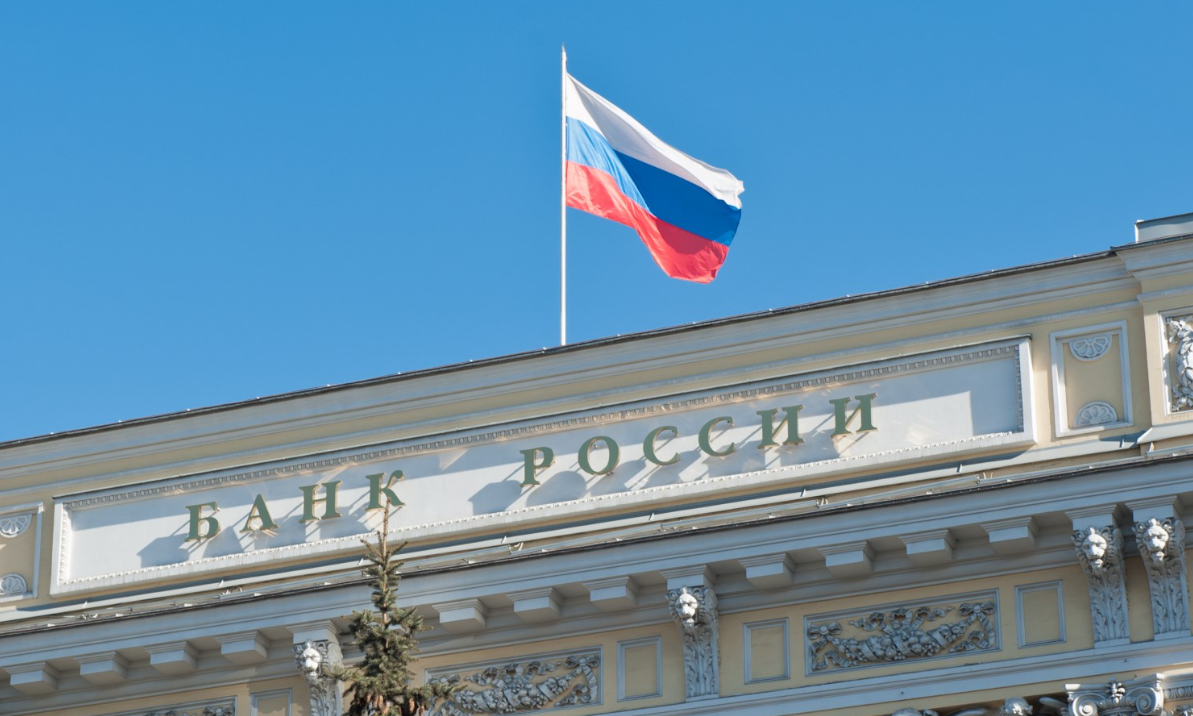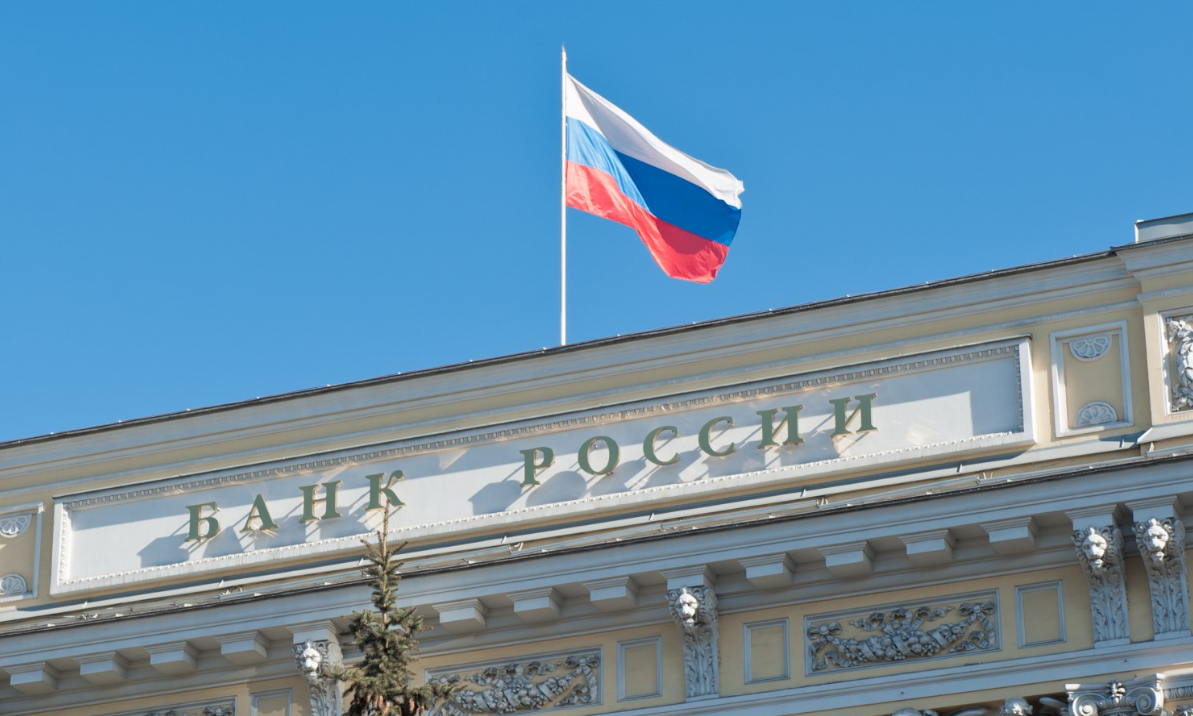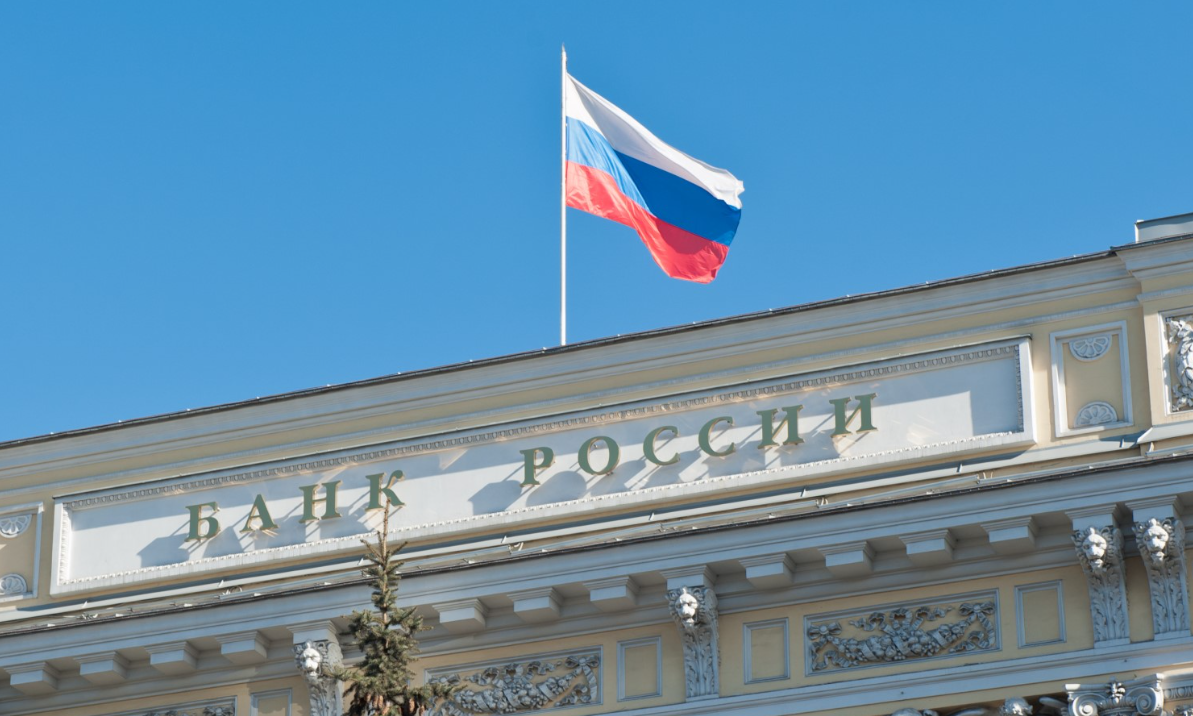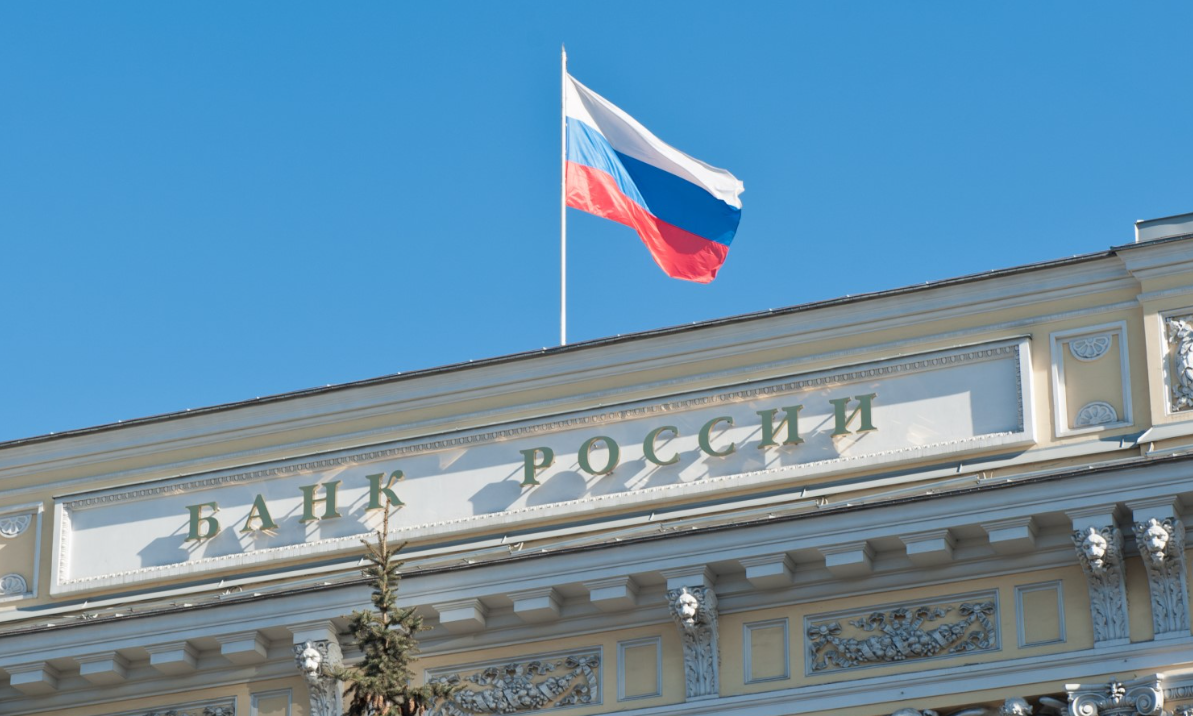China-Russia Pre-2030 plan aims to improve trade quality
The Pre-2030 Development Plan on Priorities in China-Russia Economic Cooperation, a key statement issued by the two countries during the state visit of the Chinese top leader to Russia, is set to further improve the quality and structure of rapidly expanding China-Russia trade and produce a regional impact, observers and industry players said on Wednesday.
The comprehensive development plan will help the two neighboring countries to forge a new-type industrial chain, which is of significance in the face of decoupling attempts and crackdowns by some Western countries.
It will also see enhanced bilateral cooperation in finance to cope with US dollar hegemony and attain greater security, Chinese and Russian experts noted.
Chinese President Xi Jinping and Russian President Vladimir Putin on Tuesday signed a joint statement on the plan for the development of key areas of China-Russia economic cooperation up to 2030. It was signed along with another key document - the Joint Statement on Deepening the Comprehensive Strategic Partnership of Coordination for the New Era.
In meeting with his Russian counterpart, Xi said that China-Russia cooperation enjoys significant potential and space and is strategic, reliable and stable, noting that the two sides need to strengthen overall coordination, boost trade in traditional areas, continuously enhance the resilience of industrial and supply chains and expand cooperation in such areas as information technology, the digital economy, agriculture and trade in services.
The two should step up cooperation in areas of innovation and facilitate cross-border logistics and transportation, he added.
The plan covers eight aspects of China-Russia economic cooperation from institutional arrangements, including financial cooperation and steadily increasing the proportion of local currency settlement in bilateral trade, to guidance on cooperation on specific industrial sectors such as energy and agriculture.
Chen Zhigang, general director of the Russian-Chinese Business Park in St. Petersburg, said he believes the eight-point plan to 2030 is "detailed, and apparently the result of careful consideration."
The areas of cooperation in the plan focus on the flows of goods, capital and people to tap the vast, yet currently capped, potential of China-Russia trade, Chen said.
Chinese experts said that the plan was problem-oriented and will have a far-reaching impact. One aspect would be the continued expanded use of the yuan in not only Russia but also regional countries.
The yuan became an alternative settlement currency in Russia in 2022, as the US dollar's share in Russia's settlements shrank, according to a report by the Bank of Russia.
From January to December last year, the share of the yuan in settlements for Russian exports jumped to 16 percent from 0.5 percent, and the share of the yuan in payments for imports rose to 23 percent from 4 percent.
Zhou Yu, director of the Research Center of International Finance at the Shanghai Academy of Social Sciences, said that amid the US-led sanctions, Russia has become the top foreign market for the Chinese currency, measured by metrics including trade settlement, foreign exchange reserves and deposits.
"As Russia's demand to use the yuan continues to grow in the coming years, the yuan is set to gain a further foothold in Russia," Zhou said. "The yuan may also see expanded use among Shanghai Cooperation Organisation (SCO) countries due to the demonstration effect in the Russian market."
Amid deepened cooperation in finance, more Russian companies are likely to seek funding by floating in the Chinese stock markets and issuing bonds in China as Europe shuts its doors to Russian firms, noted experts.
Li Xin, director of the Center for Russian and Central Asia Studies at the Shanghai Institutes for International Studies,said that it is expected China-Russia trade will continue its fast growth up to 2030.
Bilateral trade grew rapidly in recent years. Trade value doubled from $100 billion to $200 billion in less than five years and is set to breach the $200 billion targeted goal this year, ahead of a scheduled 2024.
In 2022, bilateral trade hit a record high of $190.27 billion, an increase of 116 percent over 2012.
Bilateral trade could reach the $400 billion mark before 2030 and there is reason to believe the two sides will come out with a bilateral investment treaty to replace one signed in 2006, which is outdated and no longer suitable for the current situation, Li said, noting that a new investment treaty is a prerequisite for bilateral trade to reach the ambitious $400 billion goal as such a high level of trade could not be completed by energy deals alone.
"Whereas Russia has India, ASEAN and Japan as its potential energy export destinations in the long run, in the near term it is more likely to rely on the Chinese market, which is both big enough and readily accessible," Li said.
The plan also ensures the development of cross-border infrastructure. In particular, the construction of the Power of Siberia 2 gas pipeline may accelerate, Chinese experts said.
Almost all parameters of the agreement on the Power of Siberia 2 gas pipeline, with an annual transport capacity of 50 billion cubic meters, from Russia to China via Mongolia have been agreed, Putin said on Tuesday.
The Russian president also noted that Chinese carmakers are successfully working in the Russian market, expanding their presence, per a report by Russian news agency TASS.
The successful experience of China and Russia in forging a new economic cooperation model could be promoted to other SCO countries and it could also be promoted to the planned SCO free trade zone as well as the Eurasian Economic Union, Li said.
Agricultural sector, which is a nascent and fast developing sector of China-Russia economic cooperation, is also set to see continued development in both quality and quantity as the two countries expand market access and transportation capacity, experts noted.






















































First, please LoginComment After ~